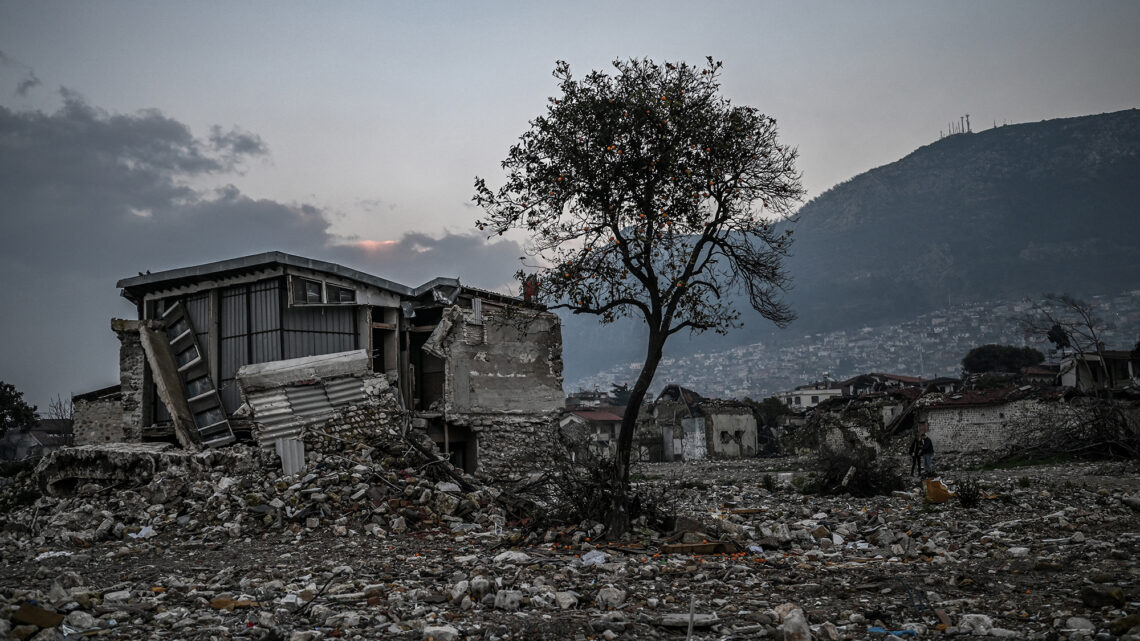On January 26, 1700, a tsunami struck Japan. We know this from written records describing the coastal inundation. Yet what’s most notable about these records is what they don’t describe. Tsunamis are the result of water displaced by earthquakes, but the 1700 tsunami didn’t correlate to any quake felt in Japan–there was no warning tremor. Instead, this “orphan tsunami” was the result of a massive earthquake all the way across the Pacific Ocean, off the coast of present-day Oregon and Washington. The same event is traceable in the oral traditions of the Indigenous people of the Pacific Northwest which contain accounts of shaking Earth and floods. And also in the tree rings of long-drowned ghost forests, which suddenly died before the start of the 1700 growing season.
The quake was an estimated magnitude 9, a catastrophic event for the Pacific Northwest according to the stories which tell of entire settlements and tribes disappearing, and among the largest known quakes in human history. Through modern-day geological analysis, it’s now well-established that the 1700 quake was one of more than 40 significant tremors to shake the region over the past 10,000 years, and one of about twenty earthquakes of magnitude 9 or greater from the same time period. Each was the result of the Cascadia subduction zone, a ~600-mile-long fault line running from southern British Columbia to Northern California. Along the fault, the small oceanic Juan de Fuca tectonic plate is sliding below and forcing upwards the much larger North American plate, building up friction and pressure pending an inevitable burst.
For more than a decade, seismologists have warned that another quake is on its way. Averaged over time, big quakes (about a magnitude 8 or larger) in the region have occurred approximately every 230 years, while the even larger ones (magnitude 9 and above) have happened about every 500 years. We’re at more than 324 years since the last one. And though the…
Read the full article here

